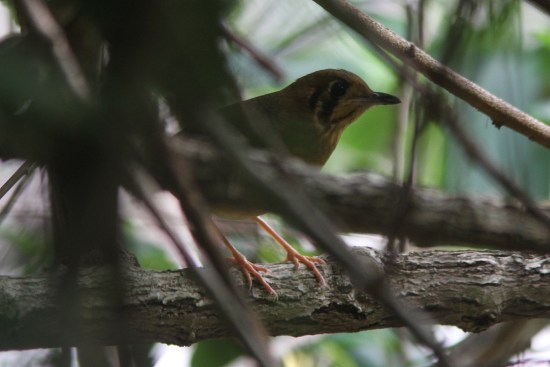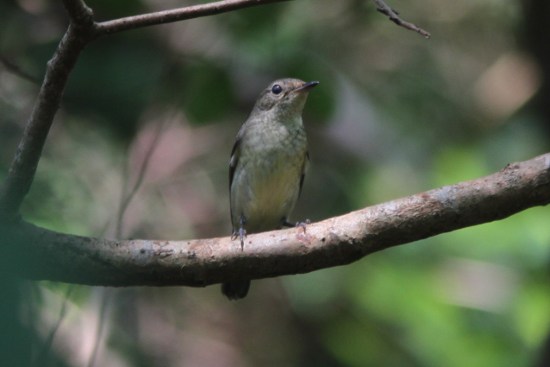30 September 2012
1 large Locustella warbler was seen in the mangrove-like trees by the lagoon. Back rather drab brown, unstreaked, supercilium indistinct, throat and underparts washed buff. Seemed slighly larger than Pallas's seen yesterday. I saw briefly in binoculars. Then waited for another 90 min. Only seen once more after the initial time but no photographs.
1 Yellow-rumped Flycatcher
1 Verditer Flycatcher
1 Red-throated Flycatcher
3 Ashy Minivet
1 Orange-headed Thrush
1 Forest Wagtail
1 Arctic Warbler
1 Pale-legged Leaf Warbler
1 Eastern Crowned Warbler
1 Pallas's Grasshopper Warbler (flushed on South Peninsula)
At sea no terns, only a Little Ringed Plover and 3 Common Kestrel.




[
Last edited by brendank at 30/09/2012 21:18 ]


